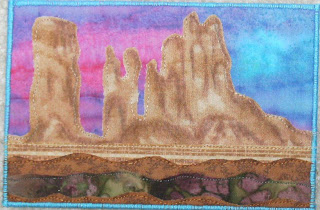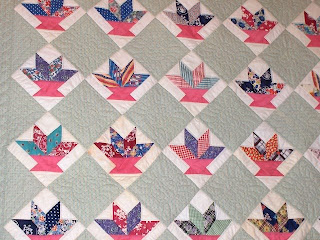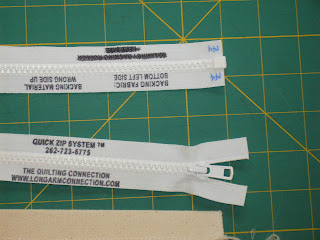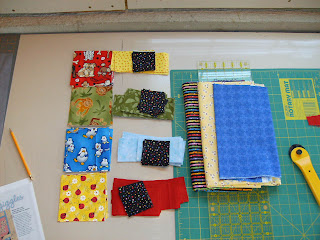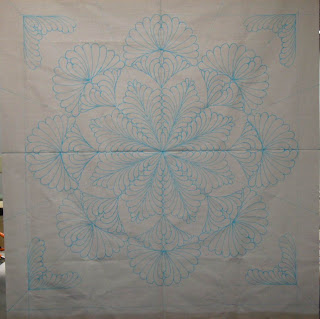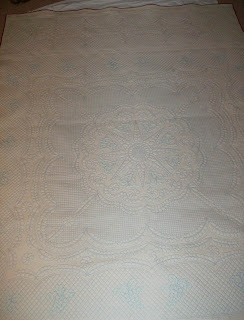New Postcards & Importance of Blocking

Here are a few of the postcards I have been experimenting with lately. They are all a small "window" snapshot of another larger drawing from a Dover copywrite free coloring book. I made a window in a piece of cardstock and moved the window around the coloring book page until I found an image that appealed to me. Then I traced the image onto tracing paper, scanned it, enlarged it to 4.5x6.5" and then traced the enlargement onto white muslin with a pigma pen after I had applied fusible web to the back of the muslin. The fusible web made the muslin stable enough to draw on. The entire piece is fused to Peltex. The color is all from colored pencil. I brushed textile medium over the color and let it dry, then added thread painting on a few of them. Then I applied a piece of muslin to the back of the card using fusible web, trimmed the card to 4x6" and finished the edges with a satin stitch. I'll post a few more in the future. The Importance of Blocking a Quilt I w...
